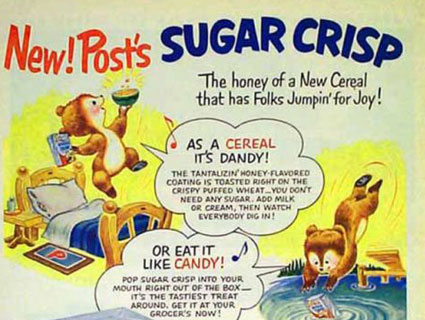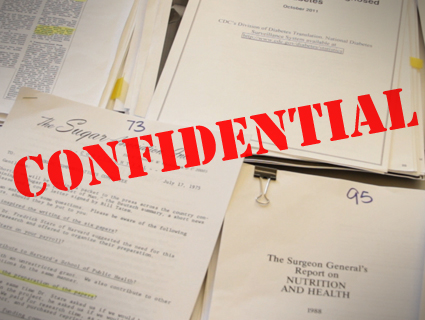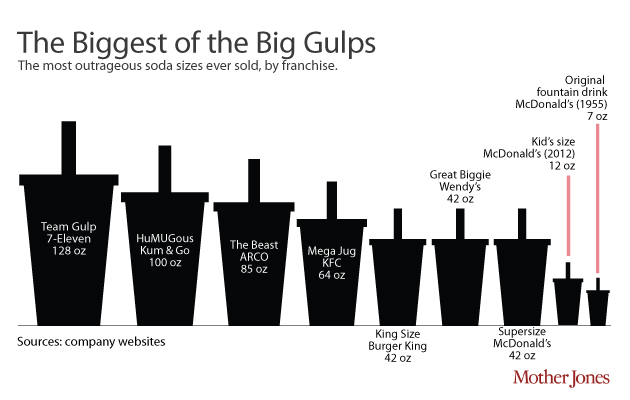
General Foods, 1951
It’s striking to realize that such a basic commodity—a substance we spoon into our coffee every day and use in almost everything we bake—may play a causative role in some of our deadliest diseases. Ever since the mid-1900s, when cereal makers realized that sugar boosts sales, America’s food and beverage industries have been sweetening up their products. To buoy sugar’s popularity circa World War II, producers launched what would become the Sugar Association Inc. (SAI), which later turned its attention to undermining research that suggests that it’s more than cavities we need to worry about. As Gary Taubes and Cristin Kearns Couzens report in “Big Sugar’s Sweet Little Lies,” the SAI heavily funded sugar-friendly studies, ran misleading ads, and concocted a multiprong PR campaign to convince people that sugar was harmless and could even help us stay thin. Below are highlights from Big Sugar’s longstanding attempt to win America’s heart—and gut. (Be patient, as the timeline may take a few seconds to load.)














